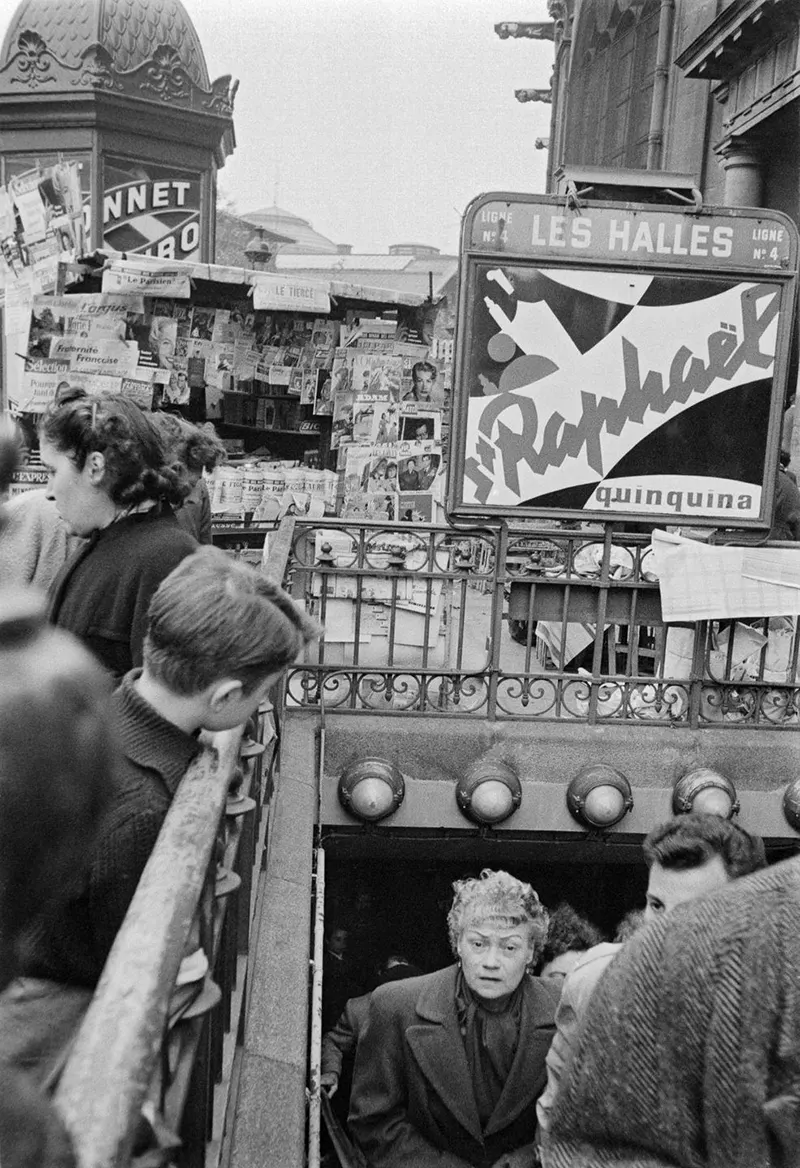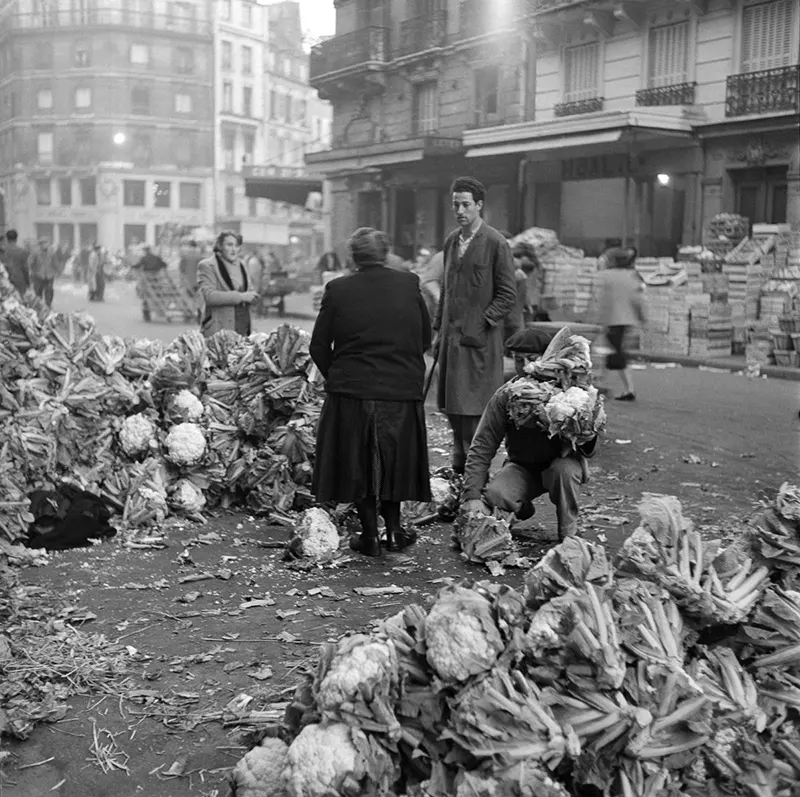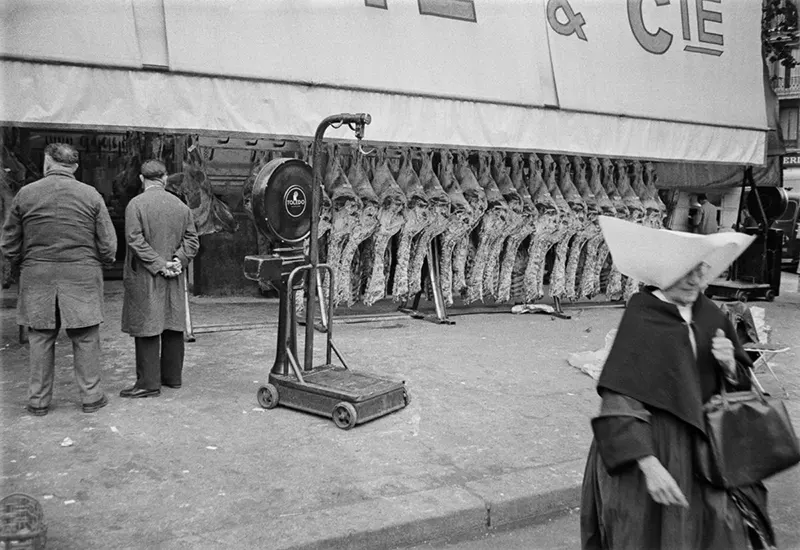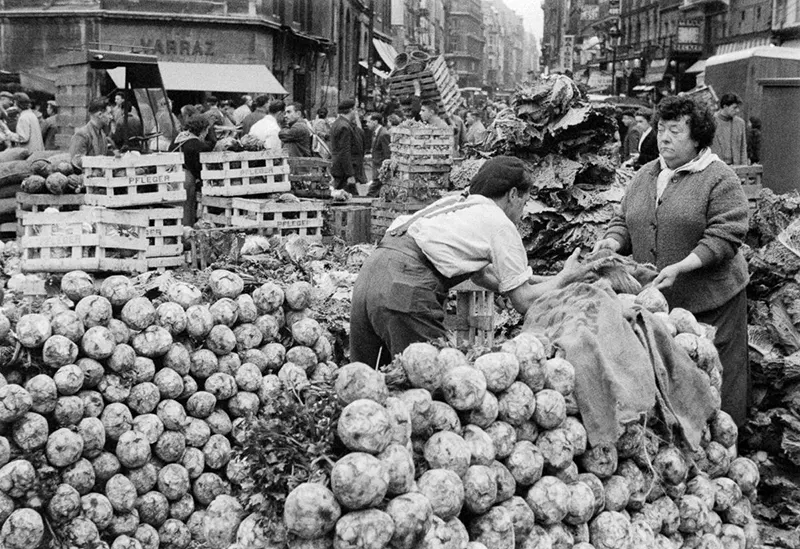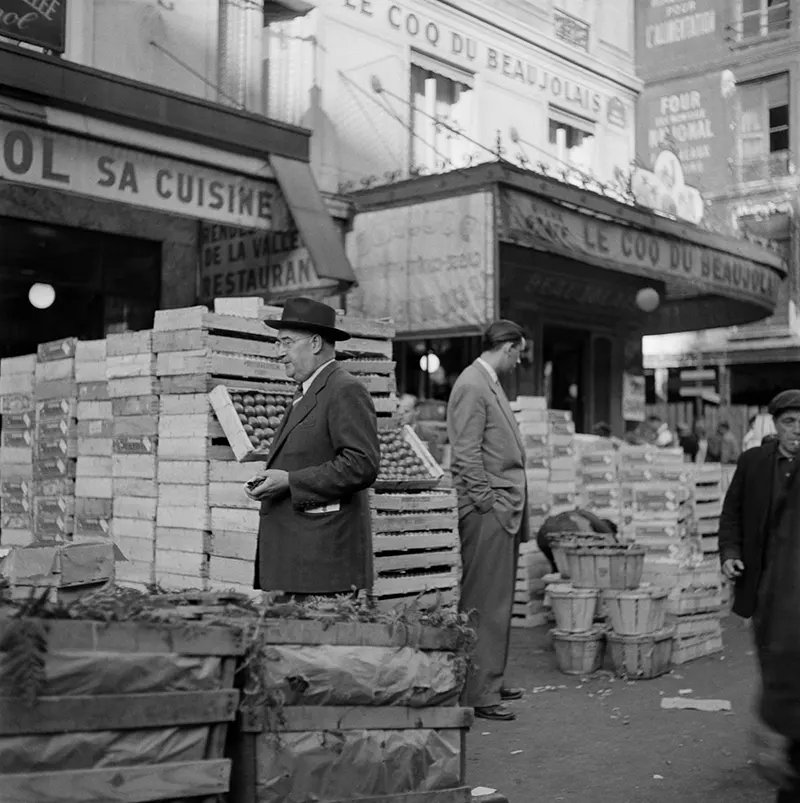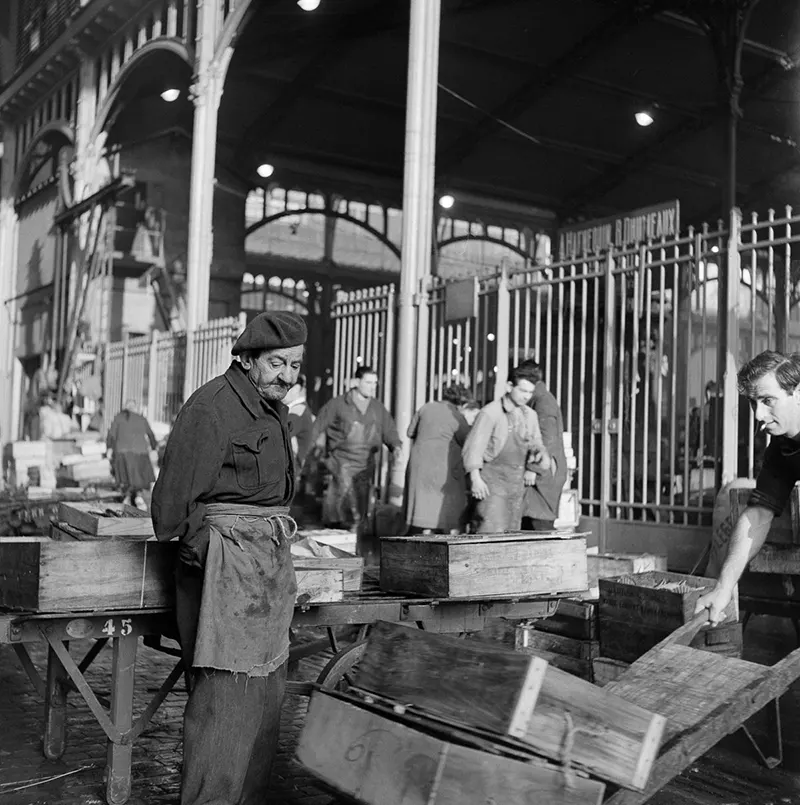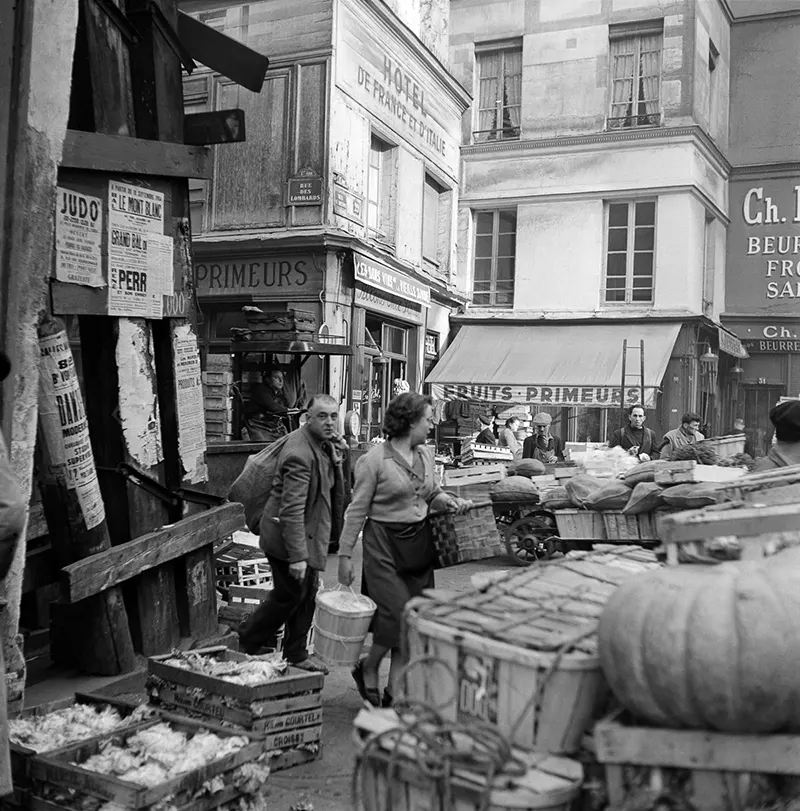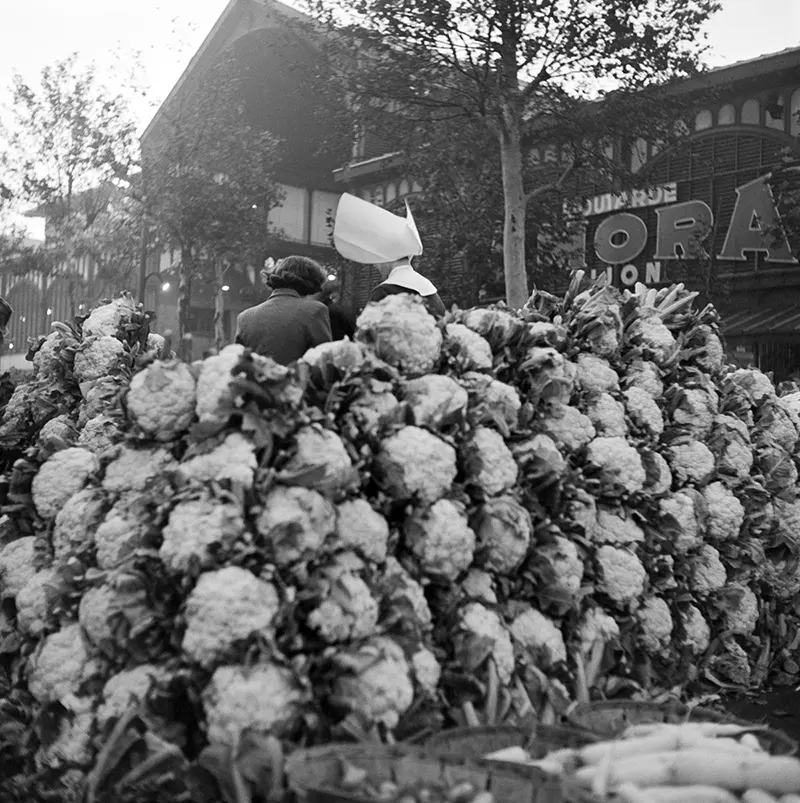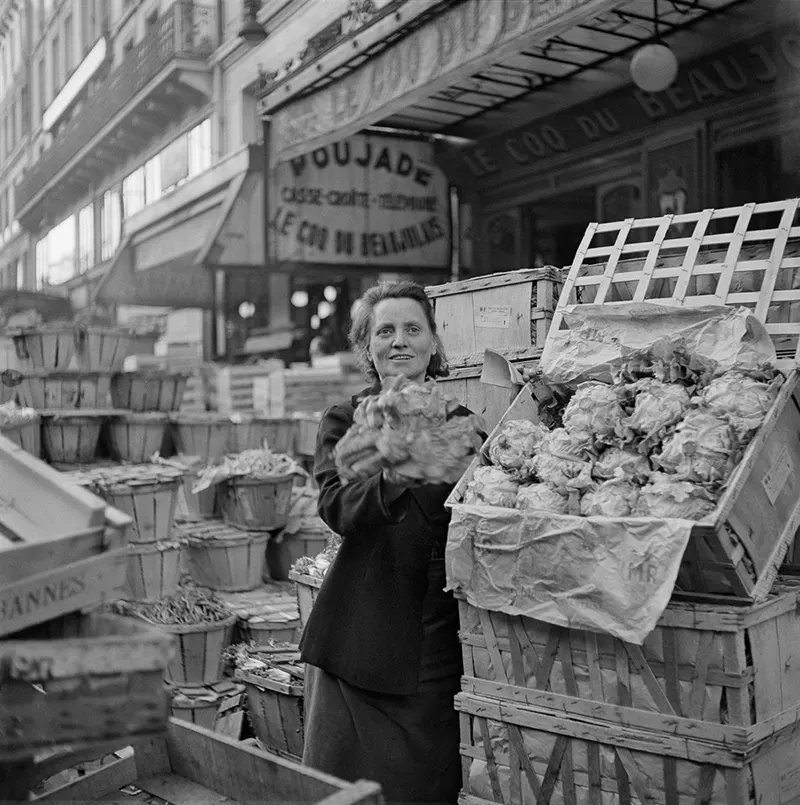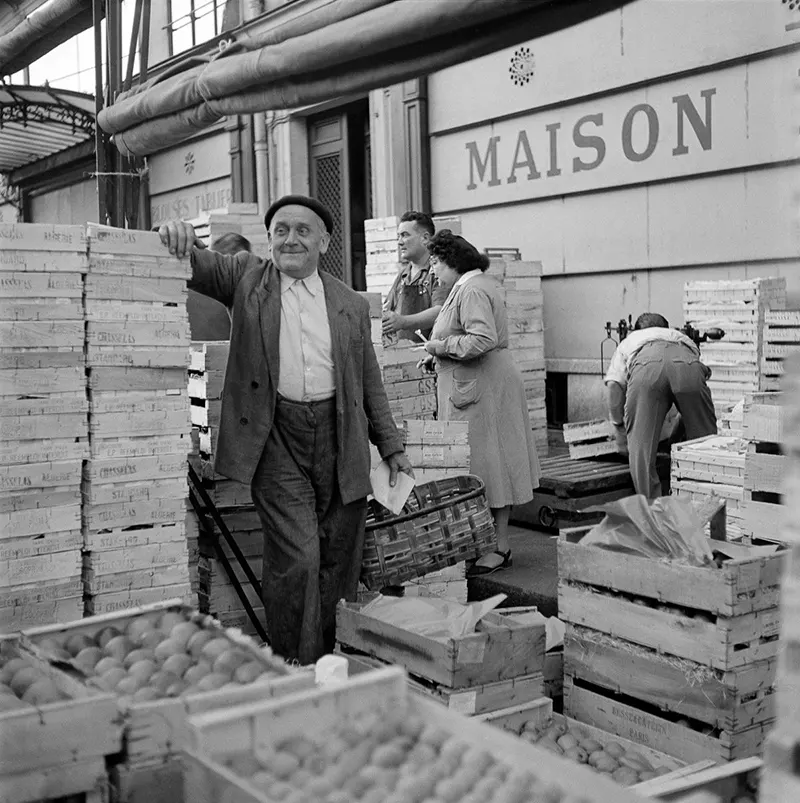These pictures show Les Halles, Paris’ former fresh food market, which sprawled haphazardly over the center of the city and was known as “the Belly of Paris.”
Once alive with the cries of fruit-sellers, fish-vendors, butchers, and florists, the scent of brightly-colored flower bouquets intermingling with wafts of freshly baked bread, and heaving with swarms of market-goers, today there is no trace of the 900-year-old market place that used to stand in the center of Paris at Les Halles.
During the twelfth century, a Royal Decree established there the great market of the capital. But the area was not appropriate for a market, since the city was evolving very quickly. It was only during the nineteenth century that Les Halles was “properly” born.
Les Halles de Baltard were twelve pavilions of an avant-garde architecture, made of cast iron and glass. They were designed by the famed architect Victor Baltard.
These pavilions stayed up for one hundred years. Each of them had a specialty, such as fish, vegetables, meat, while many other market stalls overflew the streets.
 While the construction was considered practical by 19th and 20th century standards, the soaring beams with their paint-encrusted rivets and glass awnings have come to represent the fading beauty of the fin de siecle.
While the construction was considered practical by 19th and 20th century standards, the soaring beams with their paint-encrusted rivets and glass awnings have come to represent the fading beauty of the fin de siecle.
The markets were most interesting at night when the meat and fish markets would go into full steam. Thousands of tons of meat and fish were bought, butchered, traded, and sold in the middle of the night.
Sadly, the market’s success was the root of its own demise. The volume of traffic to and from the market began to cause serious bottlenecks in the city center and the site was earmarked for destruction in the 1960s.
Unable to compete in the new market economy and in need of massive repairs, the colorful ambiance once associated with the bustling area of merchant stalls disappeared in 1971, when Les Halles was dismantled; the wholesale market was relocated to the suburb of Rungis.
Two of the glass and cast iron market pavilions were dismantled and re-erected elsewhere; one in the Paris suburb of Nogent-sur-Marne, the other in Yokohama, Japan. The site was to become the point of convergence of the RER, a network of new express underground lines which was completed in the 1960s.
The site was to become the point of convergence of the RER, a network of new express underground lines which was completed in the 1960s.
Three lines leading out of the city to the south, east and west were to be extended and connected in a new underground station.
For several years, the site of the markets was an enormous open pit, nicknamed “le trou des Halles” (trou = hole), regarded as an eyesore at the foot of the historic church of Saint-Eustache. Construction was completed in 1977 on Châtelet-Les-Halles, Paris’s new urban railway hub.
The Forum des Halles, a partially underground multiple-story commercial and shopping center, designed by Claude Vasconi and Georges Pencreac’h, opened at the east end of the site on September 4, 1979, in presence of the Mayor of Paris Jacques Chirac, and remains there today.
A public garden covering four hectares opened in 1986. Many of the surrounding streets were pedestrianized.
